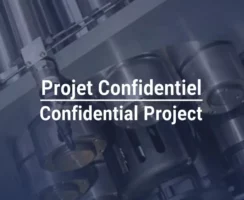Process Development & Chemical Pilot Plants / Test Benches & Experimental Pilot Units
Design of High-Pressure Continuous Flow Reactors for Gas-Liquid Process Research
For a leading European university research center, IRIAN MECATRONICS designed a gas-liquid process research platform. The objective was to provide two distinct high-pressure reactor systems (one tubular reactor and one stirred tank reactor) for R&D on innovative processes, including CO2 capture and hydrogen production. We delivered two automated, compact units optimized for catalyst screening and reaction kinetics studies.
The Challenge: Precisely Comparing Gas-Liquid Processes at High Pressure
The client’s request required a flexible R&D platform to explore and compare gas-liquid processes. The challenge was not to supply a single system, but two distinct reactor systems, each serving a different research objective:
Tubular Reactor (PFR): To evaluate the performance and durability of various solid catalysts (screening).
Stirred Reactor (CSTR): To study reaction kinetics, which demands perfect gas dispersion into the liquid phase to maximize mass transfer.
Common Constraints: Both systems had to operate under high pressure (up to 200 bar) and high temperature (up to 300°C), while ensuring ultra-precise control of low gas and liquid flow rates.
The Added Value: Two Designs Optimized for Two Research Goals
Rather than proposing a single, compromised system, our engineering team designed two distinct units on a single frame, each specifically optimized for its mission.
1. The Tubular Reactor (PFR): Optimized for Catalyst Screening. To enable researchers to rapidly evaluate different solid catalysts, we designed a tubular reactor that is easy to service. Its core features a removable catalyst basket and an outlet frit filter. This design allows operators to change, test, and validate new catalysts while minimizing maintenance time, all while ensuring a uniform heating profile from a split-tube furnace.
2. The Stirred Reactor (CSTR): Engineered for Maximum Gas-Liquid Mass Transfer. To study kinetics, the reaction must be perfect. We designed a stirred reactor where gas is introduced via a sparger tube positioned directly under the Rushton-type impeller. This configuration forces the mechanical dispersion of gas bubbles, maximizes the inter-phase surface area, and prevents settling, thereby guaranteeing reliable kinetic data.
3. Precise Pressure Control and Process Stability. Data reliability depends on stable pressure. For the tubular unit, we implemented a dome-loaded back pressure regulator (BPR). This technology, controlled by the PLC, provides extremely stable and responsive pressure control, independent of flow or temperature variations, which is critical for continuous flow experiments.
Does your project require specific experimental conditions?
High pressure, temperature, or critical environment: we design the custom system capable of faithfully replicating your test conditions.


